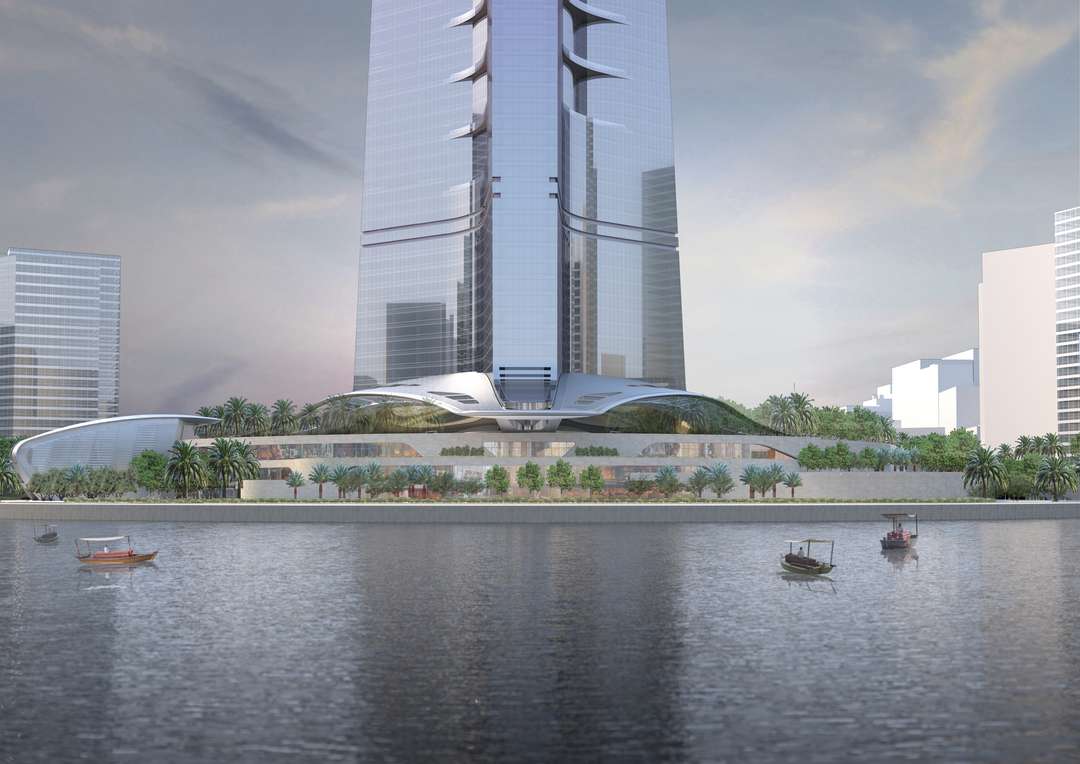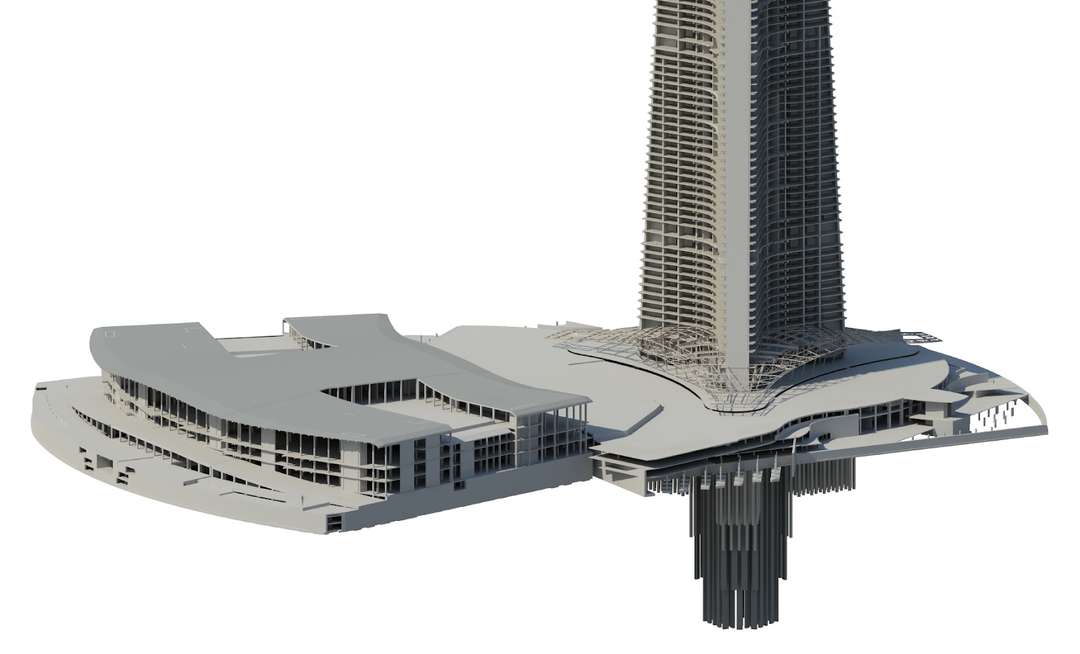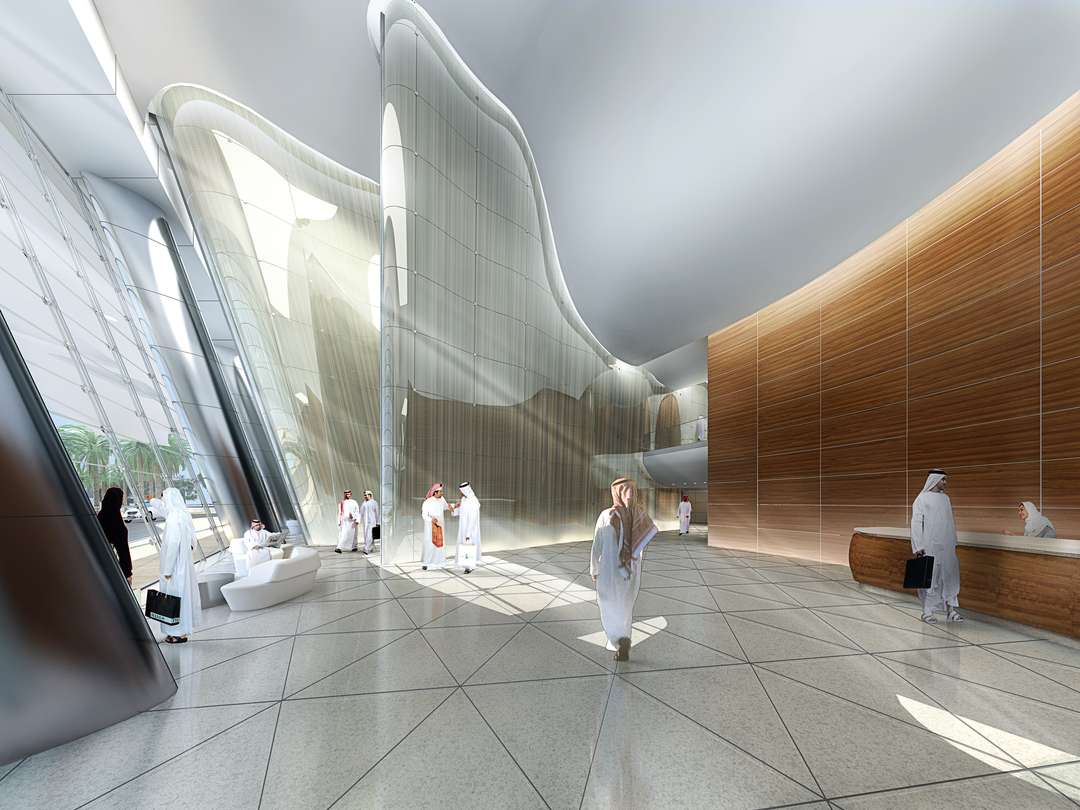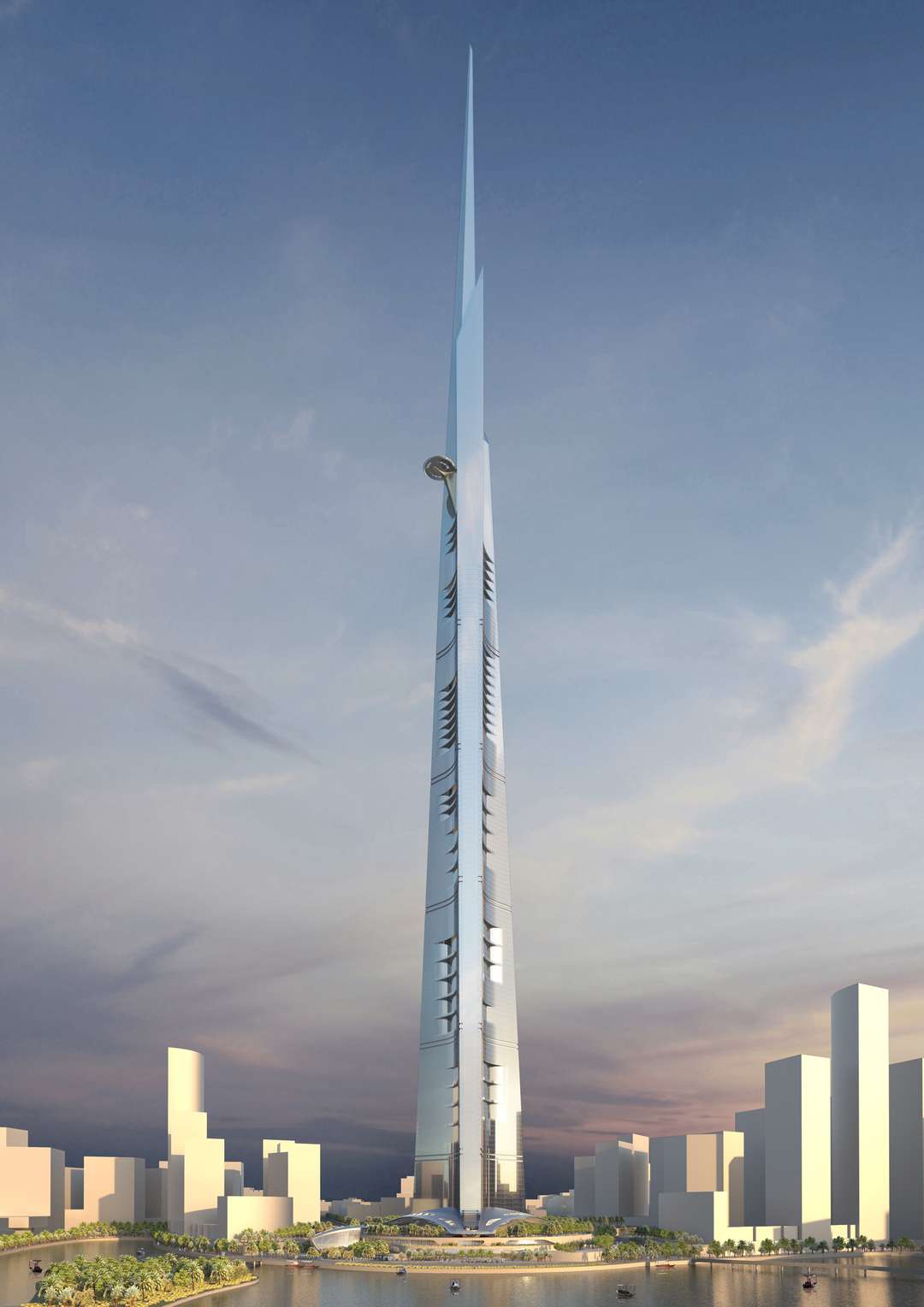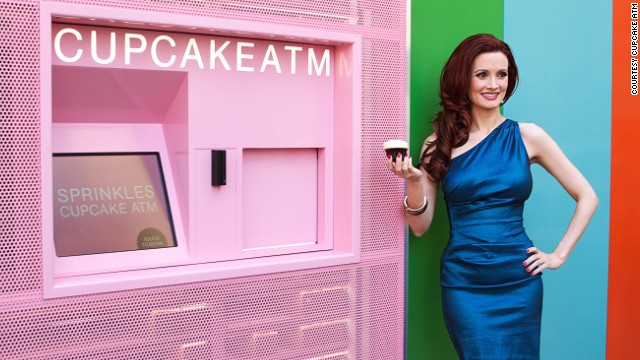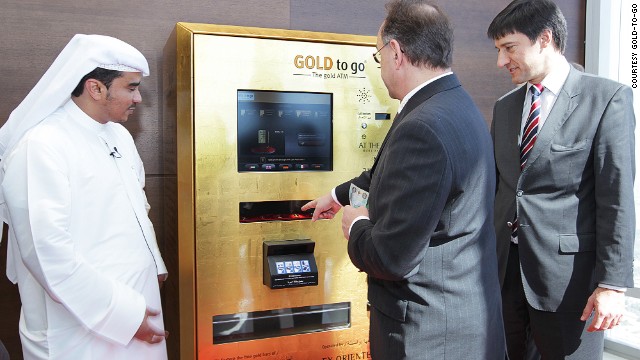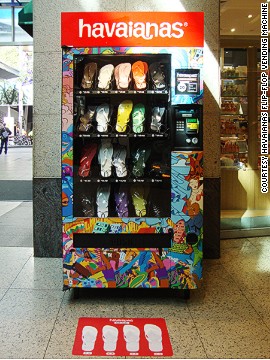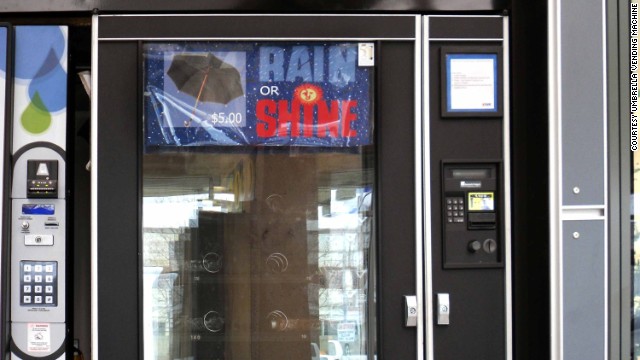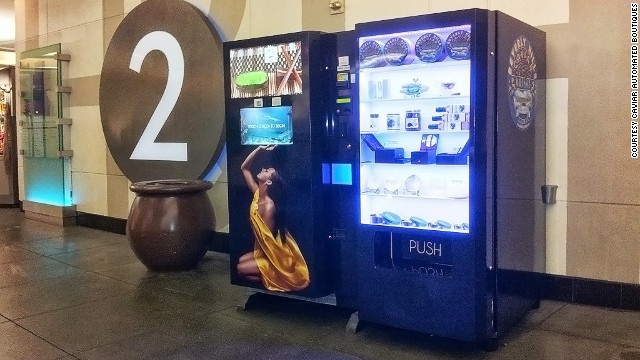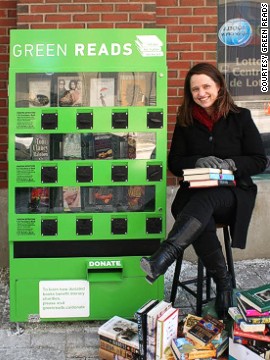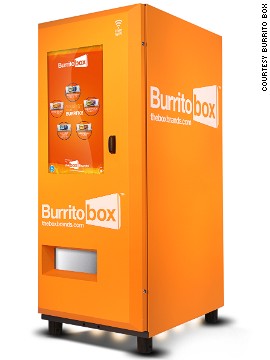 |
This is the only picture of the ocean quahog Ming – the the
longest-lived non-colonial animal so far reported whose age at death can be
accurately determined. After the photo was captured in 2007, the shells were
separated to allow accurate determination of the animal’s age. (Photo: Bangor
University)
|
In autumn 2006 a team of researchers went on an expedition to Iceland,
where they discovered something that made the headlines across the world. The
discovery even made it into the Guinness Book of World Records.
One of the Arctica islandica bivalve molluscs, also known as
ocean quahogs, that the researchers picked up from the Icelandic seabed turned
out to be around 405 years old, and thus the world’s oldest animal.
However, after taking a closer look at the old mollusc using more
refined methods, the researchers found that the animal is actually 100 years
older than they thought. The new estimate says that the mollusc is actually 507
years old:
“We got it wrong the first time and maybe we were a bit hastingly
publishing our findings back then. But we are absolutely certain that we’ve got
the right age now,” ocean scientist Paul Butler, who researches into the A.
islandica at Bangor University in Wales, tells ScienceNordic.
A contemporary of Columbus and
Luther
The ‘new’ age means that the mollusc was born in 1499 – only a few
years after Columbus visited America for the first time, and more than a decade
before Martin Luther’s Reformation of the Catholic Church.
The mollusc’s 507-year-long life came to an abrupt end in 2006 when
the British researchers – unaware of the animal’s impressive age – froze the
mollusc onboard the ship.
After its death, the mollusc was given the name Ming – after the
Chinese Ming dynasty, which was in power when the animal was born.
Although Ming has turned out to be a full century older than first
thought, the name is still relevant, as the Ming dynasty lasted for almost 300
years (1368-1644).
 |
For each year of the ocean quahog’s life, a new growth ring
emerges on its shell. In years with lots of food, the growth ring is usually
wide, whereas a narrow ring indicates a year with less food. (Photo: Bert Aggenbach,
NIOZ)
|
Did they get the age right this
time?
How can we be sure that the British researchers have determined Ming’s
correct age this time around?
According to one of the world’s leading mollusc researchers, there is
a general agreement within research circles that 507 years is Ming’s correct
age:
“The age has been confirmed with a variety of methods, including
geochemical methods such as the carbon-14 method. So I am very confident that
they have now determined the right age. If there is any error, it can only be
one or two years,” says marine biologist Rob Witbaard of the Royal Netherlands
Institute for Sea Research, who has researched into the A. islandica for
more than 30 years.
Witbaard was not involved in the study of Ming, but he has read the new article.
Bivalves were once thought not to exceed 100 years.
In the late 1980s, Witbaard was one of the scientists who discovered
that the age of theA. islandica can be determined by counting growth rings
in the shell.
“When I began my research in the 1980s, scientists didn’t know that
the A. islandica could live beyond 100 years,” he says.
“I had several specimens in my collection that had more than 100
growth rings, but I found it difficult to convince people that they were really
that old. Today, however, these growth rings have become an accepted way of
dating the A. islandica.”
 |
The growth rings on the ocean quahog are visible on both the
outside and the outside of the shell. The hinge ligaments that connect the two
shells are generally considered to be the best place for counting growth rings.
It was for this very reason that the British researchers initially chose to
count Ming’s growth rings inside the hinge ligaments. This photo shows the
growth rings inside the shell, which formed the basis for the new, more
accurate, estimate. (Photo: Rob Witbaard)
|
Why the initial misdating?
The growth rings on the A. islandica are visible both on the
outside and the outside of the shell. The hinge ligaments that connect the two
shells are generally considered to be the best place for counting growth rings.
“On the outside, the mollusc shell is curved, and that makes it
difficult to get the right angle for measuring and counting the growth rings,”
says Butler. “The growth rings are also better protected inside the hinge
ligaments.”
And it was for this very reason that he and his colleagues initially
chose to count Ming’s growth rings inside the hinge ligaments.
The problem with this, however, was that Ming was so old that the
growth rings had become too compressed – the more than 500 rings were packed
into a tiny hinge ligament area measuring only a few millimetres.
Unique patterns in growth rings
When the researchers started to re-date Ming, they therefore decided
to look at the growth rings on the outside of the shell, as these were spread
over a much wider surface and were thus easier to see.
And here they suddenly noticed many more growth rings.
To be extra sure, the British researchers began comparing Ming with
other old specimens of the A. islandica.
According to Butler, different time periods are represented as unique
patterns in the growth rings of the A. islandica – patterns that are
almost identical in all specimens that have lived in the same area at the same
time.
“In this way we can use measurements of other shells to determine that
we actually arrived at the right age. The ocean quahog specimens we used for
comparison were obviously not as old as Ming, but they have lived in different
periods of Ming’s life. So this is how the patterns in their growth rings can
help verify the age.”
Ming provides insight into
climate changes
“The fact alone that we got our hands on an animal that’s 507 years
old is incredibly fascinating, but the really exciting thing is of course
everything we can learn from studying the mollusc,” says the head of the AMS
14C Dating Centre at Aarhus University, Denmark, Associate Professor Jan
Heinemeier, who helped with the new dating of Ming.
The pattern in Ming’s growth rings does not only provide scientists
with an accurate age of the animal; the A. islandica can also provide
a unique insight into past climate conditions.
By examining the various oxygen isotopes in the growth rings,
scientists can determine the sea temperature at the time when the shell came
into being.
“The A. islandica provides us with a year-by-year timeline
of the ocean temperature. I find that incredibly fascinating,” says Butler.
Rob Witbaard agrees that old ocean quahogs like Ming are a unique tool
for shedding light on past climate change:
“There are a number of methods to chart past climate on land, but for
the marine environment we only have some very limited data. The A.
islandica can help fill this gap in our knowledge and provide us with a
very accurate picture of past climate,” he says.
“This is important to our understanding of how much changes in the
oceans affect the climate on land. And the really amazing thing is that the
pattern in the ocean quahog’s growth rings actually recurs in tree rings.”
What is Ming’s secret for
longevity?
The discovery of Ming in 2006 has inspired many researchers to try and
figure out the secret behind its impressive age.
One leading researcher in this field is the German animal physiologist
and marine biologist Doris Abele. She believes that the ocean quahog’s ability
to live for centuries is primarily due to a slow metabolism. The animal lives
its life in slow motion, so to speak:
“The A. islandica has a very low oxygen consumption. When an
animal has such a slow metabolism, it normally also means that it has a very
long lifespan. However, I also believe that part of the reason for its
longevity lies in its genes,” says Abele, who heads a research group for stress
physiology and ageing in marine ectotherms at the Alfred Wegener Institute in
Germany.
Ming may not even be the
world’s oldest
Although the latest research has established that Ming is 100 years
older than originally thought, it is still not certain that Ming is the
rightful owner of the title as the world’s oldest animal.
If the world of primitive organisms is to be included in what we call
‘the animal kingdom’, then the so-called primitive metazoans – a collective
term for sponge-like animals, cnidarians, and worms – include a species that
beats Ming by thousands of years.
The glass sponge (Hexactinellida) is thought to reach an age of 15,000
years, and some researchers even believe they have found specimens with ages of
up to 23,000 years.
